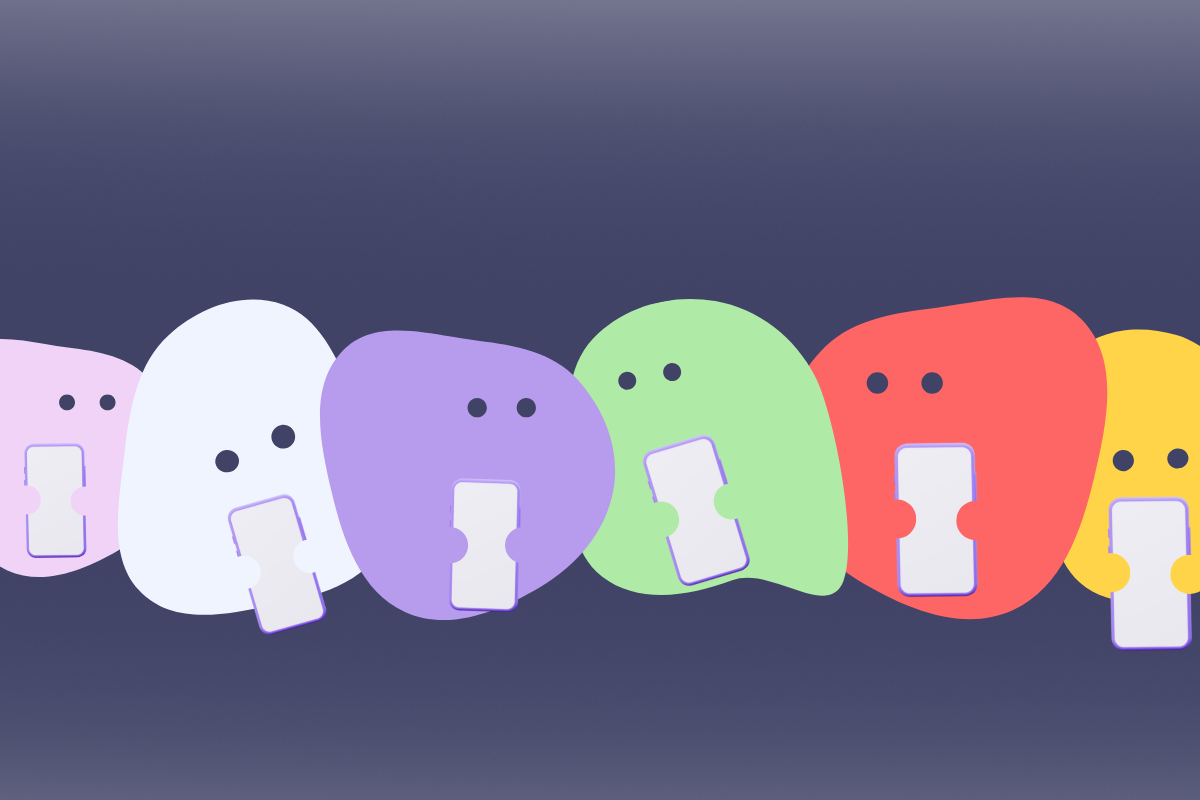

Smartphones are engineered to be addictive while keeping us engaged in using them, trains us to desire using them and feel the need to to have them close to us at all times. Find out how a former Google design ethicist exposed the big tech companies of their unethical technology device designs, and how you can detect them, identify potential traps and gain back control over your digital devices.
One key opinion leader in exposing addictive smartphone designs is Tristan Harris, a former Google design ethicist and the founder of the Center for Humane Technology.
Harris became a vocal critic of the tech industry's use of unethical, persuasive design techniques to keep users hooked on their devices.
In 2016, Harris gave a TED Talk1 titled "How a handful of tech companies control billions of minds every day" which has since been viewed over 12 million times.
Harris showed us how big tech companies use persuasive design techniques to keep users engaged on their platforms, often at the expense of their mental health and wellbeing.
In the Netflix documentary "The Social Dilemma.", Harris along with other experts discussed how persuasive design techniques are used to manipulate users, keep them addicted to their devices, and the negative impact of smartphone addiction.
Several examples of addictive smartphone designs that were exposed included:
Social media apps like Tik Tok, Facebook, Twitter, and Instagram are designed with infinite content.
This design feature allows users to continuously scroll through their feeds without ever being interrupted, nor reaching the end,
This keeps users engaged with their platform for longer periods of time, without signalling a foreseeable end to the content, leads to mindless, addictive and excessive use.
Smartphone notifications are designed to grab users' attention and keep them engaged with their device, particularly adding a sense of urgency4. Notifications act as a constant reminder to open an app, if users do not turn off notifications or close the app running in the background.
Apps will often send notifications for things such as “likes”, “comments”, and “direct messages:” to encourage users to check their phones frequently.
Snapchat, implements “streaks” 5 design, that breaks whenever users skip a day of sending a photo to a certain friend, encouraging a sense of ownership and builds up a social identity with the app use.
Smartphone apps often use persuasive language to communicate with users, encouraging users to take certain actions.
For example, a food delivery app might use language like "hurry, order now" to encourage users to place an order quickly before an offer expires.
You may find yourself returning to apps when you are prompted again, even when you have decided to leave them.
Research6 has shown that avoiding all persuasive suggestions from smartphone apps, reduced screen time up to 37%!
Similar to the bottomless feed mechanism, auto-play functions serve to provide users with an uninterrupted flow of content.
Video streaming apps like Netflix and YouTube use auto-play to keep users video consumption undisturbed. When a video ends, the next one will automatically start playing, users become less aware of time and their environment, sometimes even forgetting which they went on these sites in the first place.
For example, targeting user’s fear of missing out (FOMO) or their desire for social validation is one way to encourage prolonged usage of social media apps.
Another example, social media apps will often use features such as "likes" and "shares" to encourage users to seek constant, unfiltered social validation7 from their peers.
1. Identify the above design features of your smartphone
Use of bright colours and its association with urgency (think red for missed calls and missed messages); notifications (in the form of banners that pop up, on home and lock screens); and infinite scrolling functions (the bottomless feed).
Identifying these designs helps you be aware when you are getting trapped into an addictive loop.
Set boundaries around your smartphone use, by scheduling a time of day, during which you don’t check your phone. Perhaps this is during your work hours, or when you’re at the dinner table with family.
Turn off all notifications, turn on “Do Not Disturb” or even place time limits on certain addictive apps.
Take regular mindfulness breaks from your smartphone, such as during meals with family or coffee with friends.
This increases your sense of agency8.
Use this time to practise being present in the moment or simply take deep breaths to calm down rather than reaching for your phone for comfort.
Try out Waitasec! Using apps that promote mindfulness, and provide you with alternatives to mindless smartphone use, is not only a better use of your time, but also a way to learn useful skills.
Jot down in a journal or diary how you feel about your social media use and how it may be impacting your mental health.
Learning to be aware of our actions, and how they make us feel, is the first
step to breaking away from addictive behaviours.
Research9 shows that implementing self-tracking of smartphone usage alone,
reduced screen time for 81% of people, all of whom found it useful to have a conversational partner reminding them of their usage (precisely what Waitasec is for!)
If you are struggling with smartphone addiction or unhealthy habits, seek support from a mental health professional. You should also join Waitasec, where we will help you find ways to overcome addictive smartphone use. Download today to find out how!
Read related articles: How social media app is addictive?
References